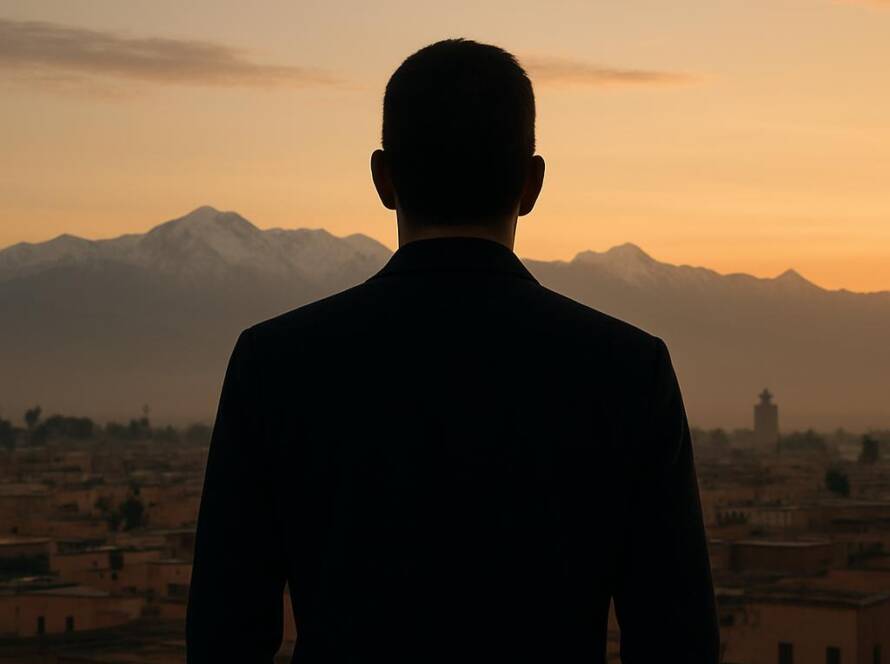(Genuinely translated by AI as a courtesy)
This quote was revealed to me during one of those wonderful conversations that punctuate my weeks, which I approach like a child collecting stones along a riverbank, choosing each shared idea as one chooses a pebble that glistens in the sunlight. That day, it was Rime who spoke to me about Picasso. So, Rime and her Pablo… and me, face to face with this phrase: “It takes a long time to become young.”
On its own, it holds a magnificent paradox: youth is not a state we lose, but a state we learn to let grow within us.
In professional life, as in our personal journey, we often spend our early years striving to be taken seriously. We accumulate skills, titles, and responsibilities. We stack proofs like bricks to build our credibility. We believe that growing up means hardening ourselves. Then, one day, we discover that the true achievement is not in becoming “grown,” but in finding again what once made us light — now reinforced by the strength of someone who has weathered the storms.
Nietzsche wrote: “Man’s maturity is to have regained the seriousness he had as a child at play.” That is the key. Becoming young after having been an adult means playing the game again, but with the lucidity born of past defeats. It means uniting audacity with wisdom, enthusiasm with mastery.
Every journey toward this conscious youth passes through three invisible thresholds. The first is when we stop fighting against ourselves and against what lies beyond our control. Marcus Aurelius put it this way: “Tranquility comes when you stop caring about what they say or think or do. Only what you do.” The second is the moment when the ground beneath our feet stops shaking, when our foundations become stable enough for our eyes to look beyond the urgency of survival. Seneca wrote: “It is not because things are difficult that we do not dare; it is because we do not dare that they are difficult.” The third, at last, is the opening of a space where we dare again, where each risk is chosen rather than endured. As Saint-Exupéry said: “As for the future, your task is not to foresee it, but to enable it.”
These stages do not always come in order. Sometimes we return to them, sometimes they overlap, yet they always trace the same path: toward an inner state where experience ceases to weigh us down and begins to set us free.
To become young, then, is to keep curiosity intact, to temper audacity with discipline, and to preserve the capacity for wonder that belongs to an enlightened beginner. It is to work as though there is still everything to learn, while leaning on all that has already been built. Steve Jobs summed it up simply: “Stay hungry, stay foolish.”
Picasso was right: it takes time to get there. Time, and often a few scars, before the gaze stops measuring the years and starts measuring depth. Once this youth is found, it no longer obeys the calendar — it becomes an inner state, a way of walking lightly through the world, even while carrying stories. As the Qur’an says: “Verily, in the remembrance of God do hearts find rest.” (Surah Ar-Ra’d) — and it is in that restfulness that the most beautiful audacity takes root: to write new pages, broaden the horizon, and move forward without looking back.
So I set a date with that kind of youth — the kind that cannot be bought or staged, but must be cultivated in silence. And I will let my face soften, it which has too long endured contrary winds, the glare, and even the burns of the sun — that sun which was born to give life. I want it to recover its original radiance, not the kind that age grants or takes away, but the one that shines from a gaze made clear again, inhabited by peace, rooted in its grounding, and free to leap toward tomorrow.


